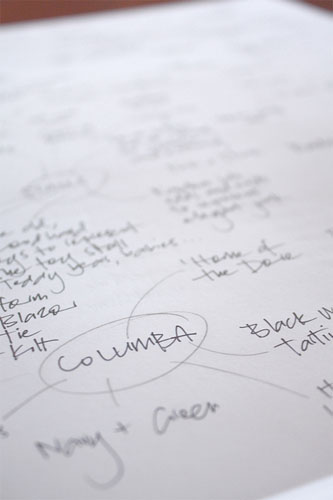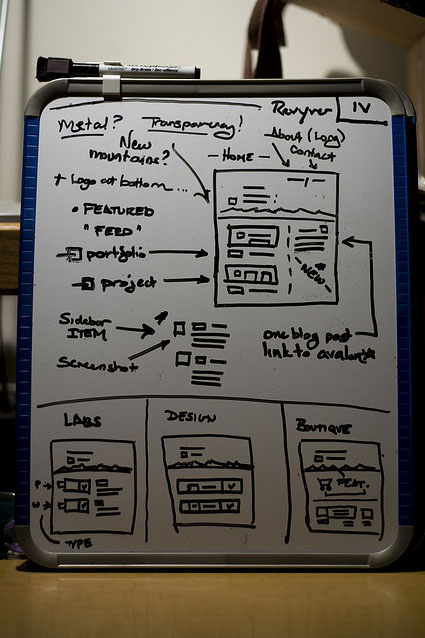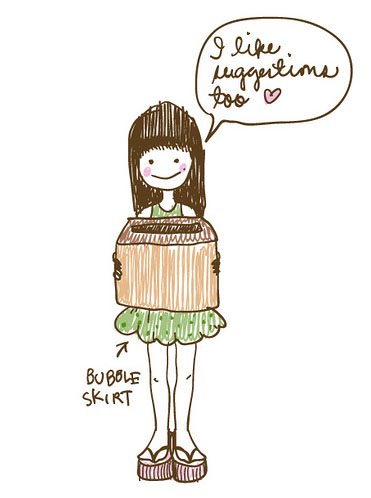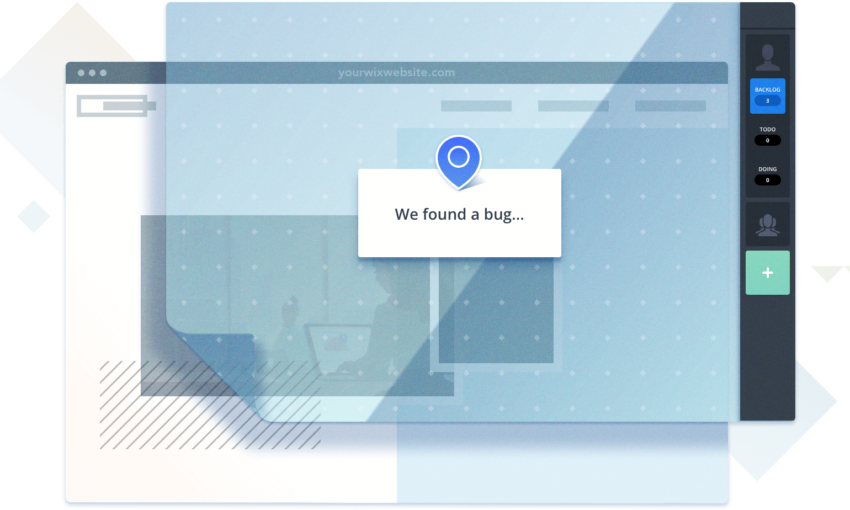Policies can be quite limiting and at some point, freelance web designers, who are experts in their field, may need to go against policy clients for technical reasons. You should know what your clients think about things.
This way, you can avoid the following:
The Freelance Designer Toolbox
Unlimited Downloads: 500,000+ Web Templates, Icon Sets, Themes & Design Assets
All starting at only $16.50 per month
1. Conflict or Misunderstanding
It is important that there is as little conflict or misunderstanding between a client and a freelancer as possible. If there is too much conflict or misunderstanding the project may die before it’s completed.
One way to avoid this is to know what your client thinks regarding the project. Both sides should be clear with each other if there is a conflict of interest or simply a misunderstanding to avoid further conflict. Yes, misunderstanding can lead to conflict but it can be prevented.

2. Waste of Time
Time is a very valuable resource to both freelance web designers and their clients. If there is a conflict between a freelancer and a client, then valuable time will be lost.
For example. If there is a misunderstanding or miscommunication, there is a possibility that a part of the project will need to be redone. The freelancer will have to start again and the deadline will not be met successfully.

3. Waste of Money
Money is also an important resource. Without money, project will not be completed. A client is strict when it comes to expenses, and you as a freelancer must assure them that their money is being well spent.

One way to make the project successful and not waste a lot of money is for both parties to share ideas.
4. Upset Clients
Reasons clients might be upset?
- You did not meet their needs and wants
- You did not meet their deadlines
- You didn’t make them feel like their project was a priority
- You do not put in the effort they expect
- You do not listen to them
Never upset clients! The first step to avoid upset clients is to show them you understand what’s expected of you.
5. How to Read a Client’s Mind
Now, let me give you some tips and ways on how can you get into the minds of your clients.

a. Brainstorming
Brainstorming is a process where members of a group share their ideas with each other. This technique gives you the opportunity to share and talk about ideas and determine the scope of the project.
How to brainstorm properly:
- Get a pen and paper. Or you can just type on your computer.
- Set your brainstorming time limit into 15-20 minutes.
- Write or type your topic in bold, huge font size to focus your mind on it.
- Focus on what you would like to accomplish.
- Think, think and just think.
- Write down every word that comes to mind.
- Answer the five W’s (Who, What, Where, Why, When, How).
- Group your ideas into categories.
- Remove any ideas that aren’t relevant to the project from your list.
- Focus on the relevant ideas that you came up with.

b. Conduct Interviews
Interviews are one way to know what your clients would like to see. What should you do when interviewing your client regarding the project?
- Be humble and polite. Just be nice and build rapport with your client.
- Be specific with your questions. As much as possible, use layman’s terms or analogies if necessary.
- Give him time to think. Don’t hurry your client or yourself. Give him time to think and decide.
- Let him speak. If he has something to say, listen to him, if he doesn’t have anything to say, make sure he understands everything that has been discussed, but don’t force him to have an opinion.

In my personal opinion, I prefer interviews. Interviews can build a good relationship between you and your client. Also, it is better to ask questions in person for you to really understand your client and what they like.
c. Use Questionnaires
Questionnaires are a good way to know what ideas your client has. Let me give you an example. My boyfriend is a freelance logo designer. Since he cannot do personal or chat interviews, his way to find out what clients like is to email them a questionnaire.
The clients need to answer these to give them an idea regarding the logos they like. And here are the questions:
Name of the company: _________________________________
This is where the client writes the whole name of the company.
Business type: _________________________________
In this question, the client states their business type: manufacturer, e-commerce, etc.
What are your preferred colors? _________________________________
If they have preferred colors, they will be writing it here.
What are your preferred fonts? _________________________________
As well as with the fonts, if they like a specific font they will write it here.
Traits(brief description of what you like to see on the logo): _________________________________
The answer to this question is very important. This is where the client describes what he wants. Or he can states there that the designer can do freehand.
He will use the clients answers as reference and as a starting point.

You can write your own questionnaire. Focus on what you need to know regarding the project. To help you with this, here are some tips for writing questionnaires:
- What is the purpose of the project
- Focus on what you would like to know
- Be specific in creating questions
- Put a section there where they can cite what they want
d. Use Sketches
Sketches are a good representation to let you and your client understand certain things. It is important that you are both on the same page to avoid conflicts later on.

e. Offer Suggestions
Even though clients are like your boss, you should also give them your suggestions especially since you are the one who is more knowledgeable.
When to suggest things:
- When your client is asking for it.
- When your client does not have anything to say.
- When your client wants something that you think is not appropriate.

There is nothing wrong with giving suggestions to your clients. Actually, they appreciate it. It is one way of showing that you are very interested and dedicated in what you do.
f. Communicate
In every aspect of our lives, we need to communicate. And it’s very important in the world of freelancing.
Why do you need to communicate with your clients?
- To fully know on what they expect from you
- To know what they want and what you want, as well
- To get to know more about the project you are involved with
- To collaborate

Communication is not just done when you’re gathering ideas. During the whole project always make sure that you are communicating with your clients. This is a very important ingredient to complete each project successfully.
Wrap-Up
These are just few ways to
know what your clients think. Wrapping it up:
- Brainstorm
- Ask questions either in an interview or sending questionnaires.
- Don’t hesitate to give suggestions.
- Always communicate.
With these tips, you’ll be able to build good relationships with your clients and be successful in completing projects that make your clients happy.
This post may contain affiliate links. See our disclosure about affiliate links here.




